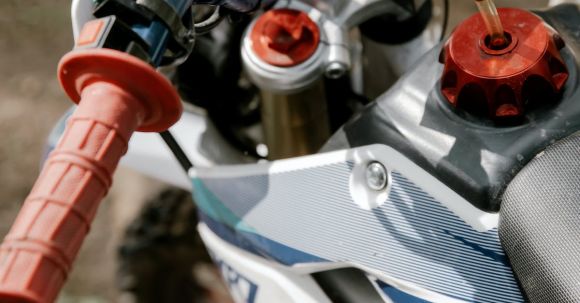When it comes to riding a motorcycle, having good handling is crucial for safety and overall enjoyment of the ride. Whether you’re a beginner or a seasoned rider, there are a few key tips and tricks that can help you improve the handling of your motorcycle. In this article, we will explore some of these techniques and discuss how they can make a difference in your riding experience.
Mastering the Basics
Before diving into advanced techniques, it’s important to have a solid foundation in the basics of motorcycle handling. This includes understanding how to properly grip the handlebars, how to shift your body weight while turning, and how to use the brakes effectively. Taking a motorcycle safety course or working with an experienced rider can help you develop these skills and ensure you have a good understanding of the fundamentals.
Tire Maintenance
One of the most important factors in motorcycle handling is tire maintenance. Ensuring that your tires are properly inflated and have sufficient tread is crucial for optimal performance on the road. Regularly check your tire pressure and use a tire pressure gauge to ensure you’re within the recommended range. Additionally, inspect your tires for any signs of wear or damage, and replace them if necessary. By maintaining your tires, you can improve grip, stability, and overall handling.
Suspension Setup
Another key aspect of motorcycle handling is the suspension setup. The suspension system plays a vital role in absorbing bumps and vibrations, allowing the tires to maintain better contact with the road. Adjusting the suspension to suit your riding style and weight can greatly improve the handling of your motorcycle. Consider consulting with a professional or referring to your motorcycle’s manual for guidance on how to adjust the suspension correctly.
Body Positioning
Your body position while riding can greatly affect the handling of your motorcycle. When cornering, for example, it’s important to shift your body weight towards the inside of the turn. This helps to counterbalance the bike and maintain stability. Additionally, keeping your arms relaxed and bending your knees slightly can improve your overall control and responsiveness. Practice these body positioning techniques to enhance your handling skills.
Smooth Throttle Control
Having smooth throttle control is essential for maintaining stability and control of your motorcycle. Jerky or abrupt throttle inputs can lead to instability and potentially dangerous situations. Practice gradually rolling on and off the throttle, especially when accelerating or decelerating in corners. By mastering smooth throttle control, you can improve the overall handling of your motorcycle and ensure a safer ride.
Braking Technique
Proper braking technique is another crucial aspect of motorcycle handling. Knowing when and how to apply the brakes can greatly affect your ability to navigate corners and maintain control. When approaching a corner, it’s best to brake before entering the turn and gradually release the brakes as you lean into it. This helps to maintain stability and prevent the bike from standing up abruptly. Practice braking in various scenarios to develop a good sense of your motorcycle’s braking capabilities and improve your handling skills.
Conclusion:
Improving the handling of your motorcycle is a continuous process that requires practice and patience. By mastering the basics, maintaining your tires, adjusting your suspension, practicing proper body positioning, and developing smooth throttle and braking control, you can significantly enhance your riding experience. Remember to always prioritize safety and never push beyond your comfort zone. With time and dedication, you can become a confident and skilled rider with exceptional motorcycle handling abilities.
